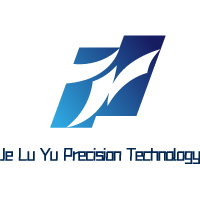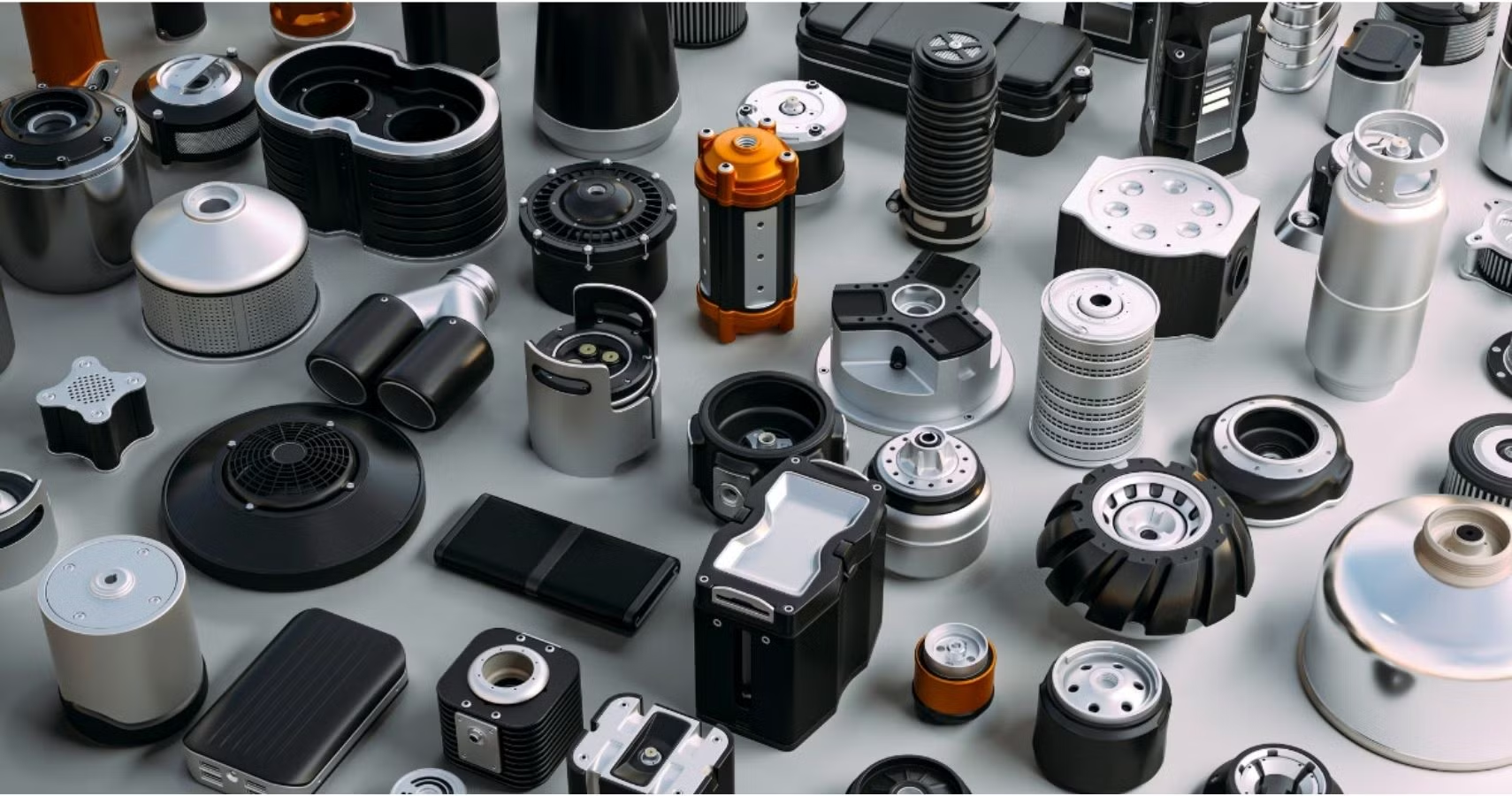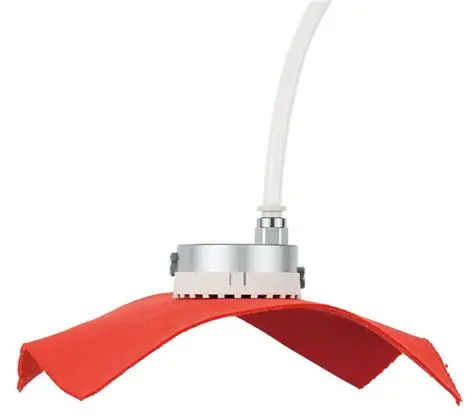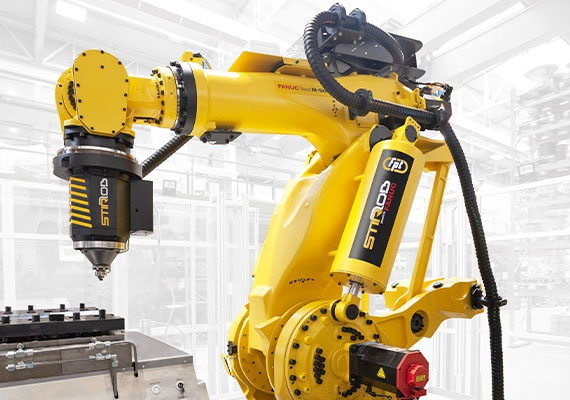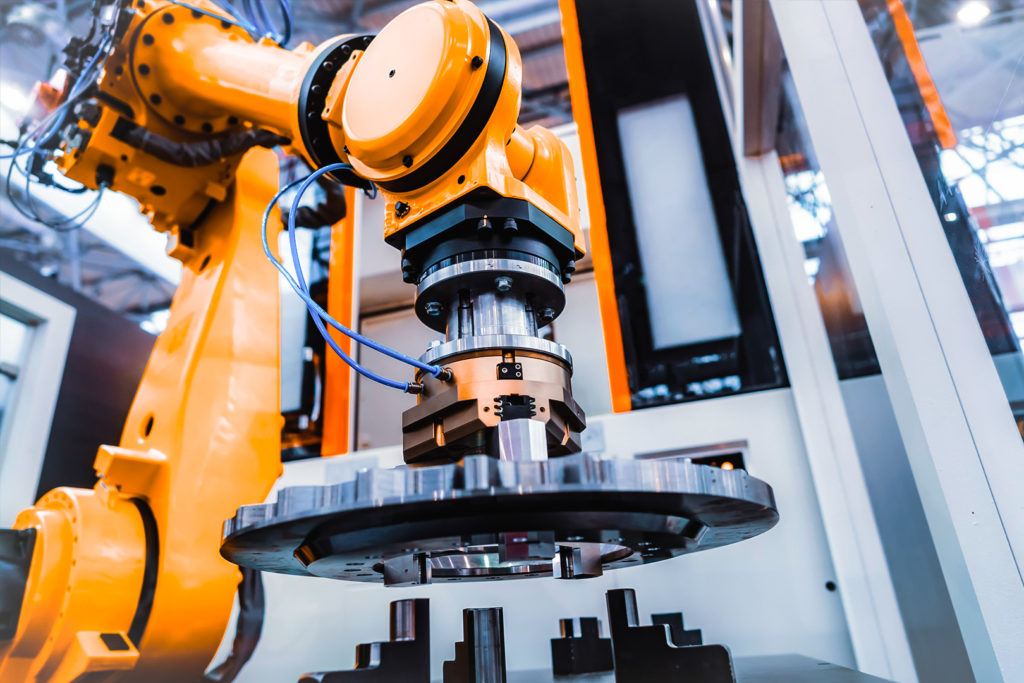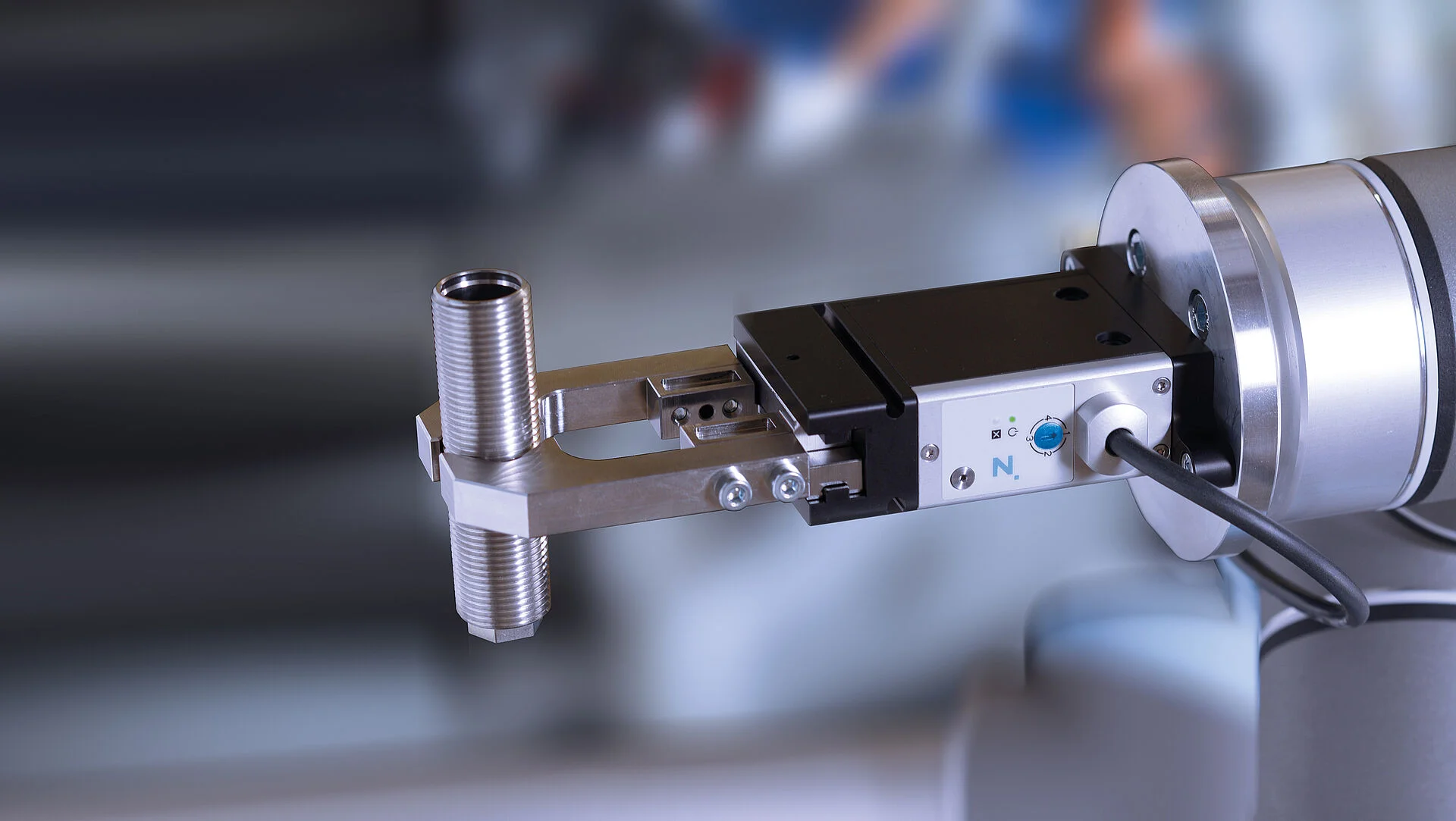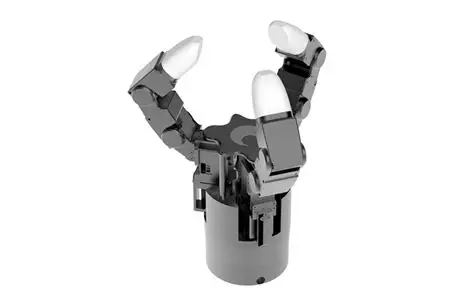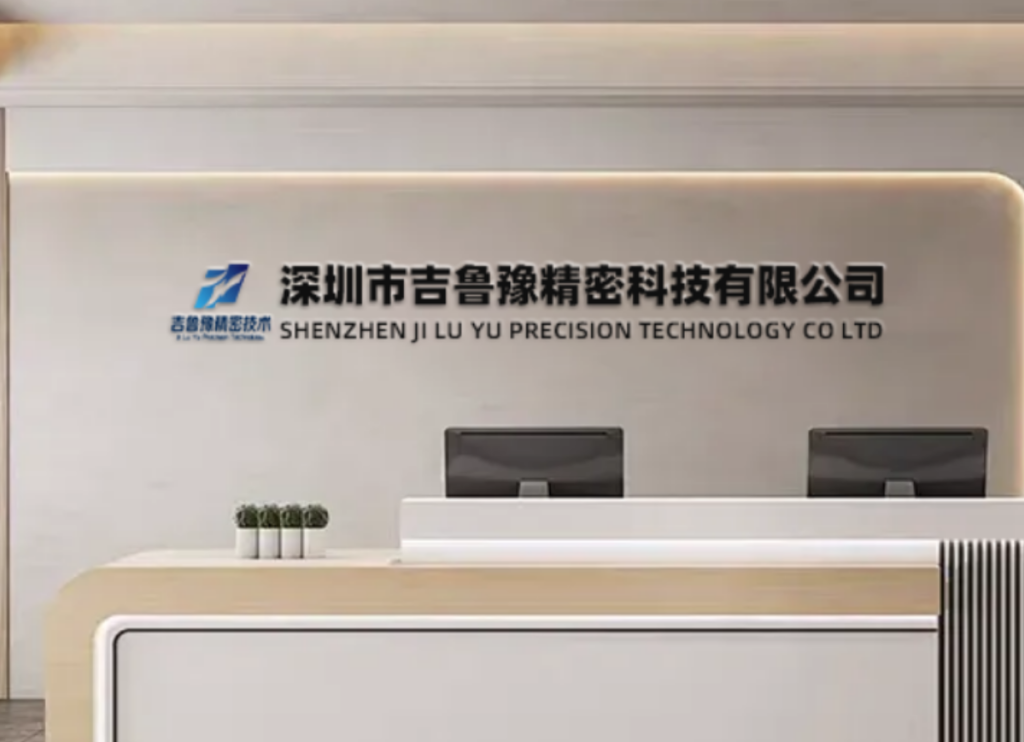3D Printer Car Parts: 2025 Production Playbook for Service Providers
Why 3D Printer Car Parts Are Disrupting OEM Supply Chains
Additive manufacturing slashes tooling lead-time from 16 weeks to 48 hours and enables on-demand spares with zero inventory. The global automotive AM market is forecast to hit USD 12.8 B by 2028; service providers who master crash-certified 3D printer car parts capture the fastest-growing segment.
Material Selection Matrix – From Prototype to Crash-Certified
| Material | Tensile Strength (MPa) | Impact Resistance (kJ/m²) | Heat Deflection (°C) | Certification | Typical Part | Cost (USD/kg) |
|---|---|---|---|---|---|---|
| CF-PA12 | 110 | 15 | 170 | SAE J2525 | Intake manifolds | 95 |
| CF-PETG | 80 | 25 | 80 | FMVSS 302 | Interior trim | 42 |
| GF-PP | 65 | 18 | 120 | ISO 179 | Under-hood ducts | 28 |
| AlSi10Mg | 340 | 35 | 280 | ASTM F3055 | Brake calipers | 220 |
| TPU 95A | 45 | 90 | 80 | DIN 53505 | Grommets | 35 |
Technology Comparison – FDM vs. SLS vs. SLA for Automotive
| Parameter | FDM CF-Nylon | SLS PA12 | SLA Clear | MJF PA12 |
|---|---|---|---|---|
| Surface Ra (µm) | 6 | 8 | 1 | 5 |
| Tolerance (±mm) | 0.1 | 0.05 | 0.02 | 0.05 |
| Max Part Size (mm) | 600 | 380 | 210 | 380 |
| Support Removal | Manual | None | UV cure | None |
| Cost Index (1 = lowest) | 0.9 | 1.0 | 1.4 | 1.2 |
| Lead-Time (h) | 24 | 36 | 12 | 30 |
Lattice-Filled Jigs & Fixtures – Design Rules
| Lattice Type | Cell Size (mm) | Volume Fraction | Rigidity Gain | Print Time Penalty |
|---|---|---|---|---|
| Gyroid | 4 | 25 % | +120 % | +15 % |
| Body-Centered Cubic | 5 | 30 % | +140 % | +20 % |
| Voronoi | 6 | 20 % | +90 % | +10 % |
H2 Crash-Certified Part Workflow
Step 1 – Digital Twin
• Simulate crash loads (50 km/h frontal) in Ansys LS-DYNA
Step 2 – Topology Optimisation
• Reduce mass 28 % while keeping ≥ 200 kN peak load
Step 3 – Material Certification
• Submit CF-PA12 plaques to SAE J2525 flammability & impact tests
Step 4 – Serial Production
• MJF PA12 on HP 5200, 0.08 mm layer, 100 % dense ribs, 20 % lattice core
Step 1 – Digital Twin
• Simulate crash loads (50 km/h frontal) in Ansys LS-DYNA
Step 2 – Topology Optimisation
• Reduce mass 28 % while keeping ≥ 200 kN peak load
Step 3 – Material Certification
• Submit CF-PA12 plaques to SAE J2525 flammability & impact tests
Step 4 – Serial Production
• MJF PA12 on HP 5200, 0.08 mm layer, 100 % dense ribs, 20 % lattice core
Service-Provider BOM – MJF PA12 Crash Bracket
| Item | Spec | Supplier | Qty | Unit Cost (USD) |
|---|---|---|---|---|
| PA12 Powder | HP 3D HR PA12 | HP | 12 kg | 58 |
| MJF Machine | HP Jet Fusion 5200 | HP | 1 lease | 4 500 / mo |
| Post-Cure Oven | IR 200 °C | Despatch | 1 | 3 200 |
| Blasting Cabinet | 80 psi glass bead | Guyson | 1 | 1 850 |
| CT Scanner | 5 µm voxel | Zeiss | 1 | 220 / scan |
Cura 5.9.3 Profile – CF-PA12 Intake Manifold
| Parameter | Value |
|---|---|
| Nozzle | 0.6 mm hardened steel |
| Layer Height | 0.2 mm |
| Infill | 35 % gyroid |
| Walls | 5 |
| Top/Bottom Layers | 6 |
| Fan | 30 % after layer 4 |
| Speed | 60 mm/s |
| Retraction | 1.2 mm @ 30 mm/s |
| Chamber | 70 °C |
Quality Assurance – CT & Tensile Sampling Plan
| Batch Size (pcs) | CT Scans | Tensile Bars | Impact Bars | Acceptance Criteria |
|---|---|---|---|---|
| 1–100 | 2 | 3 | 3 | Cpk ≥ 1.33 |
| 101–500 | 5 | 5 | 5 | Zero defects critical surfaces |
| 501+ | 10 | 10 | 10 | SPC chart in control |
Case Studies – ROI Data
Case 1 – EV Battery Cooling Ducts (Shanghai)
Goal: 1 000 CF-PA12 ducts/month
Build: HP MJF 5200 + lattice gyroid core
KPIs: 35 % lighter vs injection molding, lead-time 36 h, ROI 4.7 months.
Case 2 – Performance Intake Manifold (California)
Goal: 200 CF-PA12 manifolds/month
Build: FDM Ultimaker S5 + 0.6 mm nozzle
KPIs: 28 % weight reduction, dyno gains +12 hp, cost per part ↓ 41 %.
Goal: 200 CF-PA12 manifolds/month
Build: FDM Ultimaker S5 + 0.6 mm nozzle
KPIs: 28 % weight reduction, dyno gains +12 hp, cost per part ↓ 41 %.
Case 3 – Headlight Prototype for OEM (Munich)
Goal: 50 clear SLA lenses/week
Build: Formlabs 3L + Somos 9120 resin
KPIs: Optical clarity > 90 % transmission, 24-hour design-to-part.
Goal: 50 clear SLA lenses/week
Build: Formlabs 3L + Somos 9120 resin
KPIs: Optical clarity > 90 % transmission, 24-hour design-to-part.
Scaling Tactics – From 10 to 10 000 Parts
• Digital Warehouse: On-demand MJF reduces SKU inventory 60 %.
• Predictive QA: AI defect detection via CT scans; scrap rate < 0.5 %.
• Fleet Scheduling: AI algorithm balances MJF, FDM, and SLA queues.
• DoFollow External Link: Learn SAE J2525 flammability protocols at SAE.org.
• Internal Link: Explore our rapid 3D printing services for automotive finishing.
Regulatory Compliance Checklist
• IATF 16949 traceability with serial QR codes on every 3D printer car parts batch.
• UNECE R118 flammability for interior trims.
• Insurance premium reduction: FMEA documentation + thermal runaway logs.
Future-Proofing – Next-Gen 3D Printer Car Parts
• Multi-material MJF (PA12 + TPU over-mould) for living hinges in one shot.
• Closed-loop MJF with in-process IR thermography for 100 % inspection.
• Recyclable CF-PA12 powder (up to 80 % refresh) cuts waste cost 34 %.
